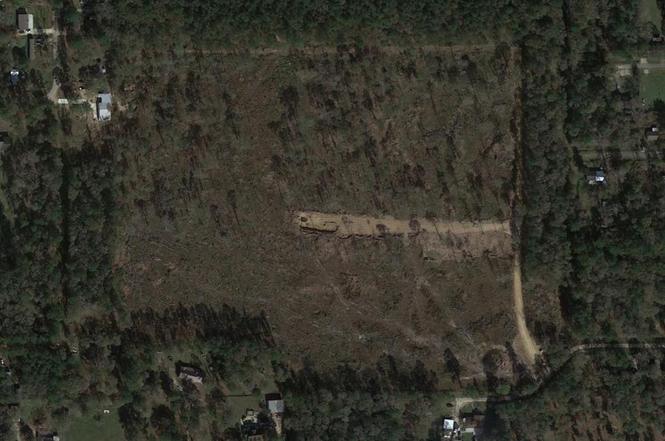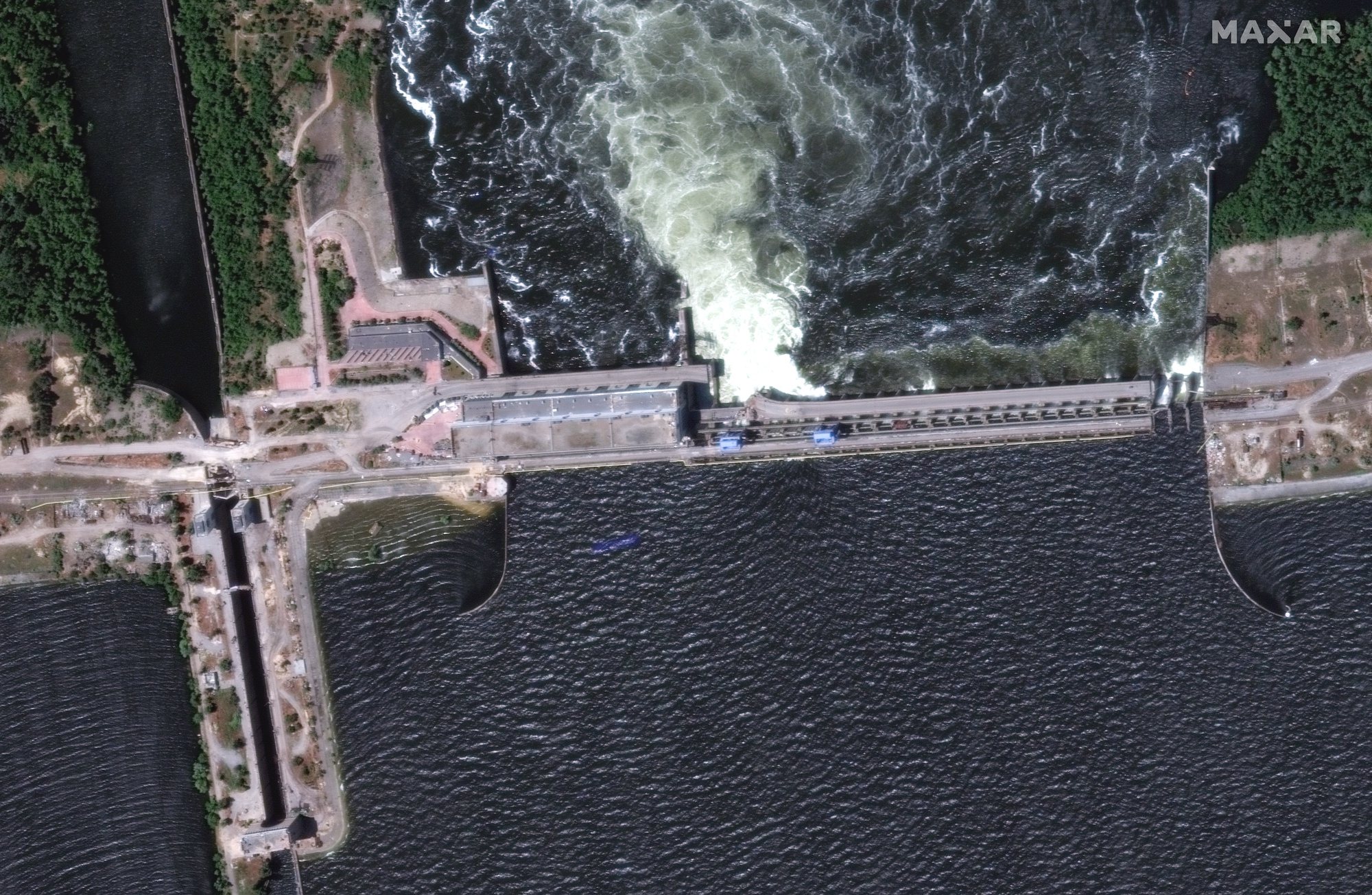

Enclosed areas below the BFE or lowest floor cannot be used as living spaces.ģ. The elevation of the lowest floor in a structure must be at or above the zone’s base flood elevation.Ģ. Regardless of the region-specific conditions, building in one of these high-risk zones comes with numerous regulations laid out by the American Society of Civil Engineers:ġ. are most concerned with flash flooding and hurricanes. In contrast, AE flood zones along the eastern coast of the U.S. For example, AE flood zones located near the Great Lakes are at risk when high water levels are combined with extreme winds that push waves onshore, according to research from FEMA. No two AE flood zones are completely identical, as each region has its own anticipated BFE and sources of flooding. Since these areas are prone to flooding, homeowners with mortgages from federally regulated lenders are required to purchase flood insurance through the NFIP. Most AE flood zones are located in close proximity to floodplains, rivers and lakes, though low-lying regions without large bodies of water may also be classified under this designation. These regions are clearly defined in Flood Insurance Rate Maps and are paired with detailed information about base flood elevations. But what is an AE flood zone and how does it differ from other at-risk districts?ĪE flood zones are areas that present a 1% annual chance of flooding and a 26% chance over the life of a 30-year mortgage, according to FEMA.

Unlike other regions, AE flood zones have a lot of available data concerning BFEs, floodways and flood insurance requirements. Now that we’ve covered the basics, it may be useful to dive a bit deeper into one of the most high-risk flood zone types that FEMA monitors: Zone AE. Without a floodway, some communities would be inundated with floodwaters due to higher upstream flood elevations. Floodways: River channels and adjacent land areas that are used to control the flow of floodwaters to stop the surface elevation from increasing.In many cases, building in floodplains is restricted or limited to prevent avoidable damage to private and public structures. Floodplains: A flat area of land next to a body of water that regularly experiences seasonal flooding.It’s also used to calculate flood insurance premiums, as regions with higher BFEs are more likely to suffer severe flooding. An area’s BFE helps local officials set minimum requirements for the elevation of structures and flood-proofing features. Base flood elevation (BFE): This figure refers to the elevation that floodwaters are expected to rise to during a base flood event (floods with a 1% chance of occurring in any given year).To understand your community's flood map, it’s important to define some key terms: For example, many flood zones are designated as “high risk” because of their low elevation. Reading a flood map can be difficult if you’re unfamiliar with how FEMA classifies certain hazards and the terminology used to explain topographic features in your area. Zone V: Coastal regions that experience annual flash flooding, hurricanes and other weather-related hazards.



 0 kommentar(er)
0 kommentar(er)
